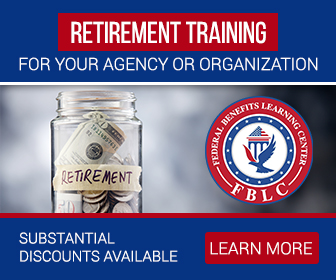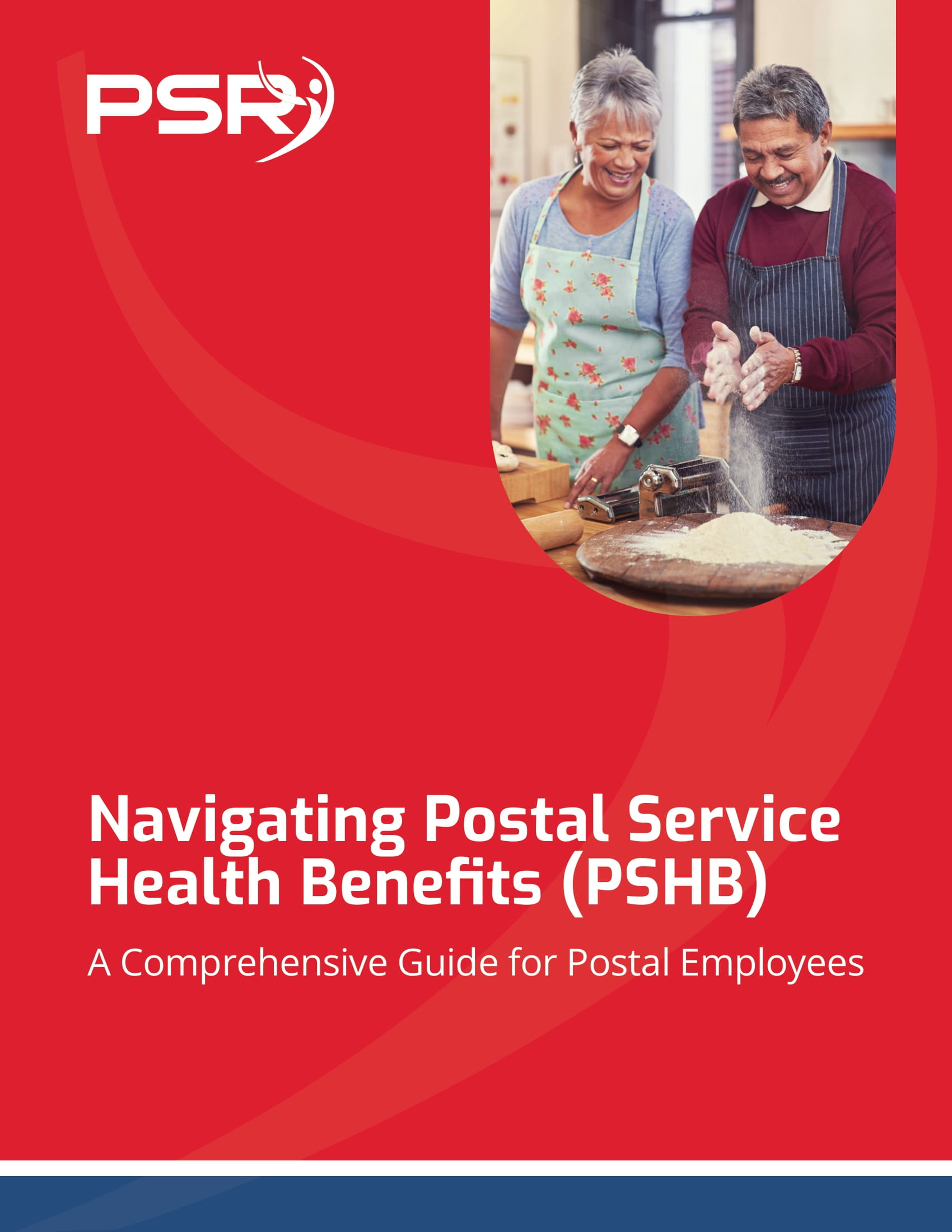Key Takeaways:
- Your paycheck might be holding hidden gems—from retirement benefits to healthcare options you may not have fully explored.
- Understanding the long-term value of these perks can dramatically enhance your financial security and lifestyle during retirement.
Why Federal Employee Benefits Are More Valuable Than You Think
If you’re a federal employee or retiree, you might think your paycheck only reflects your salary. But have you ever stopped to consider the full scope of your benefits? In fact, federal employee benefits offer a wealth of surprising perks that can add significant value to your financial health, especially when it comes to your retirement.
- Also Read: Blending Private and Public Sector Retirement Plans Is Complicated—Here’s Where Couples Get It Wrong
- Also Read: The Silent Shift in Postal Service Retirement Benefits That Could Change Everything by 2026
- Also Read: The Side of Civilian Military Employment Benefits Nobody Mentions Until After You Retire
FERS: More Than Just a Pension
When I first heard about the Federal Employees Retirement System (FERS), it seemed straightforward—contribute now, get a pension later. But it’s so much more than just a pension plan. FERS is actually a three-part retirement package that includes a civil service pension, Social Security benefits, and contributions to your Thrift Savings Plan (TSP).
What’s the takeaway? Your pension is just one slice of the pie. Don’t overlook how your Social Security benefits and TSP contributions can work together to create a more robust retirement income. FERS employees typically contribute 6.2% of their paycheck to Social Security. When combined with the FERS pension and TSP, this creates a multi-stream income strategy for retirement.
The earlier you begin paying attention to these components, the better you can plan. The TSP, for example, allows you to control how much you’re saving, how it’s invested, and ultimately how it will serve you in retirement.
The Magic of the Thrift Savings Plan (TSP)
The Thrift Savings Plan (TSP) is one of the most powerful savings tools you can tap into. With the 2024 contribution limit set at $23,000 (and an extra $7,500 if you’re 50+), there’s plenty of room to build up a solid retirement fund. You can choose from several investment options, allowing you to tailor your portfolio to your personal risk tolerance and retirement goals.
The real magic of the TSP lies in its flexibility. Whether you’re conservative and prefer the G Fund, or you want to grow your wealth through stock investments in the C Fund, the choices are in your hands. Plus, matching contributions from your agency can boost your retirement savings without you lifting a finger. Every dollar you put in is a dollar working for your future self—potentially doubling when you include employer matches.
If you’re not maximizing your contributions, you’re leaving money on the table—literally. So, if you haven’t already done so, take a moment to review your TSP account and consider upping your contributions.
The Federal Employees Health Benefits (FEHB) Program: More Than Meets the Eye
We all know that health insurance is critical, but many federal employees don’t fully appreciate the benefits of the Federal Employees Health Benefits (FEHB) program. One of the key perks? You can carry your FEHB coverage into retirement, ensuring that you have continued access to affordable healthcare.
Here’s something you may not realize: once you hit age 65 and become eligible for Medicare, you can coordinate your FEHB plan with Medicare for a potentially lower cost, more comprehensive coverage package. This means you could end up paying less out of pocket for healthcare in retirement, simply by keeping both programs in play.
So, even though you may not think much about healthcare beyond your regular checkups now, your FEHB plan will be your lifeline when you retire. Make sure you know how to maximize this benefit, especially when it integrates with Medicare.
Sick Leave and Annual Leave: The Hidden Boost to Your Retirement
Sick leave and annual leave might seem like small potatoes when you’re in the midst of your career, but don’t underestimate the long-term value of these benefits. Under FERS, unused sick leave at retirement can be converted into additional service credit, which can increase your retirement annuity.
And it’s not just a trivial amount. One year of unused sick leave can bump up your annuity by about 2%, which over time could translate to thousands of extra dollars in your retirement fund. So, if you’re the type of person who tries to avoid taking sick days unless absolutely necessary, your retirement could thank you later.
As for annual leave, cashing out unused days when you retire can provide a nice financial cushion as you transition out of the workforce. This lump sum can help bridge the gap between your final paycheck and your first retirement annuity payment. It’s a little-known perk, but one that can make a big difference.
Retirement Eligibility: Know Your Timeline
The federal retirement system offers several pathways to retire, and understanding the requirements is crucial. For instance, you can retire under FERS as early as age 57 if you meet the Minimum Retirement Age (MRA) + 10 rule, though you’ll face a reduction in your annuity. Waiting until age 62 not only eliminates the reduction but also gives you a higher percentage of your High-3 salary for your pension.
Speaking of the High-3, your retirement annuity is based on the average of your highest three consecutive years of earnings. This is something to keep in mind as you advance in your career and consider how long to stay with the federal government. Each year you work beyond your MRA can significantly increase your pension payout, especially if you’re in a high-paying role.
For law enforcement officers, air traffic controllers, and firefighters, there are special retirement rules that allow for earlier retirement with full benefits. So, know your timeline and how it affects your long-term financial plans.
Life Insurance: Don’t Let It Fall Through the Cracks
The Federal Employees’ Group Life Insurance (FEGLI) program is another benefit that’s easy to overlook but can play a big role in your financial planning. Many federal employees are automatically enrolled in Basic FEGLI, which offers life insurance coverage at group rates. As you age, however, the premiums for FEGLI increase, and it may become less cost-effective.
If you’re approaching retirement, it’s a good idea to review your life insurance needs and assess whether FEGLI or another form of coverage makes sense for you. For some, reducing coverage or switching to a different type of plan may offer better financial advantages as you enter your retirement years.
Making the Most of What You’ve Earned
Your federal employee benefits aren’t just part of your paycheck—they’re an investment in your future. By fully understanding and leveraging your retirement perks, you can maximize your financial security and enjoy a more comfortable retirement. Whether it’s upping your TSP contributions, optimizing your healthcare choices, or making sure your leave balances work for you, taking control of your benefits now will pay off in the long run.













